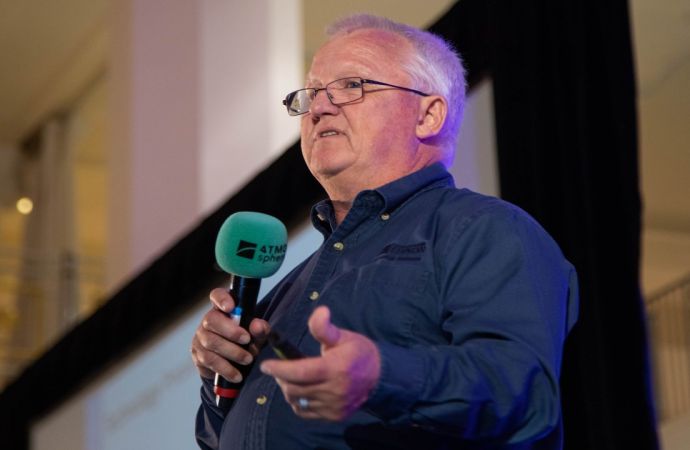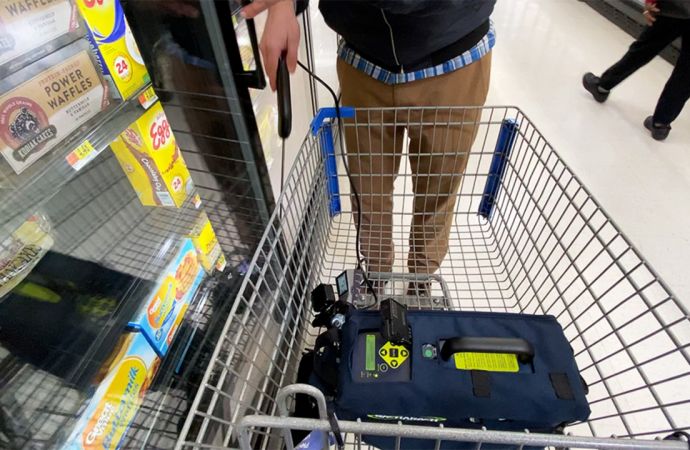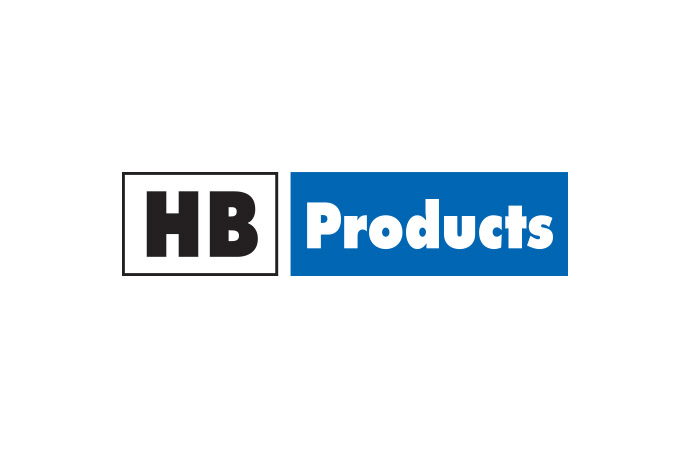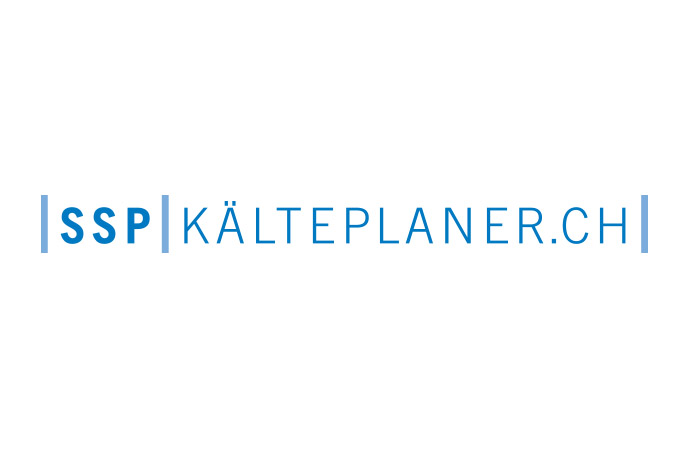The 1st of January 2011 marks a significant cut-off date in California, US, whereby measures aimed at reducing the impact of refrigerant leakages from stationary sources using refrigerants other than ammonia and CO2 come into force. 2011 will also see progress in developing standards to reduce direct and indirect emissions from new commercial refrigeration systems.

On 1 January 2011, California’s ‘Refrigerant Management Program’, a regulation to minimise leaks of environmentally harmful refrigerants from stationary sources, took effect.
As a result of the regulation, facilities such as supermarkets, cold storage warehouses and food processing plants that make use of commercial and industrial systems with more than 50 pounds of a refrigerant that is an ozone depleting substance (CFC, HCFC) or any compound with a global warming potential (GWP) value equal to or greater than 150 will be subject to refrigerant leak inspection, repairs, required service practices and record keeping requirements.
Depending on the type and size of refrigeration systems, leak inspection requirements will vary from continuous leak monitoring to quarterly or annual leak inspections. Refrigerant leaks will have to be repaired by a U.S. EPA certified technician within 14 days of leak detection, while in cases where systems cannot be repaired, a retrofit or retirement plan will be required.
The ‘Refrigerant Management Program’ also includes certain prohibitions, recordkeeping and reporting requirements for wholesalers, distributors and refrigerant reclaimers of all high global warming refrigerants except ammonia and carbon dioxide.
The new rule implies compliance costs for all large facilities using refrigerants other than ammonia or CO2. Nonetheless, CARB expects that the leak detection, monitoring and repair requirements will reduce the need to buy costly refrigerant to refill systems, thus leading to average savings of about two dollars per metric ton CO2 equivalent reduced.
Moreover, the rule is estimated to lead to emission reductions of 8.1 million metric tons CO2e in 2020, an emissions equivalent to the energy used by 1.5 million homes per year.
Developing new standards for commercial refrigeration
Under its ‘Commercial Refrigeration Specification Program’, the California Air Resources Board (CARB) has teamed with the California Energy Commission (CEC) to develop cost-effective measures to reduce direct and indirect GHG emissions from new commercial refrigeration systems that will be incorporated into the CEC’s Title 24 Building Energy Efficiency Standards revisions for 2011.
The proposed standards have yet to be developed, but could include:
As a result of the regulation, facilities such as supermarkets, cold storage warehouses and food processing plants that make use of commercial and industrial systems with more than 50 pounds of a refrigerant that is an ozone depleting substance (CFC, HCFC) or any compound with a global warming potential (GWP) value equal to or greater than 150 will be subject to refrigerant leak inspection, repairs, required service practices and record keeping requirements.
Depending on the type and size of refrigeration systems, leak inspection requirements will vary from continuous leak monitoring to quarterly or annual leak inspections. Refrigerant leaks will have to be repaired by a U.S. EPA certified technician within 14 days of leak detection, while in cases where systems cannot be repaired, a retrofit or retirement plan will be required.
The ‘Refrigerant Management Program’ also includes certain prohibitions, recordkeeping and reporting requirements for wholesalers, distributors and refrigerant reclaimers of all high global warming refrigerants except ammonia and carbon dioxide.
The new rule implies compliance costs for all large facilities using refrigerants other than ammonia or CO2. Nonetheless, CARB expects that the leak detection, monitoring and repair requirements will reduce the need to buy costly refrigerant to refill systems, thus leading to average savings of about two dollars per metric ton CO2 equivalent reduced.
Moreover, the rule is estimated to lead to emission reductions of 8.1 million metric tons CO2e in 2020, an emissions equivalent to the energy used by 1.5 million homes per year.
Developing new standards for commercial refrigeration
Under its ‘Commercial Refrigeration Specification Program’, the California Air Resources Board (CARB) has teamed with the California Energy Commission (CEC) to develop cost-effective measures to reduce direct and indirect GHG emissions from new commercial refrigeration systems that will be incorporated into the CEC’s Title 24 Building Energy Efficiency Standards revisions for 2011.
The proposed standards have yet to be developed, but could include:
- Design and best practice installation measures,
- Energy efficiency measures, such as requiring heat recovery from refrigeration to cover a minimum of space heating requirement; and
- Other measures to be determined pending research findings and stakeholder input
MORE INFORMATION
Related stories













